Synthesis
C&EN’s molecules of the year for 2023
C&EN editors picked these molecules as the coolest of the past year
by Celia Arnaud, special to C&EN
Metallocenes circle up
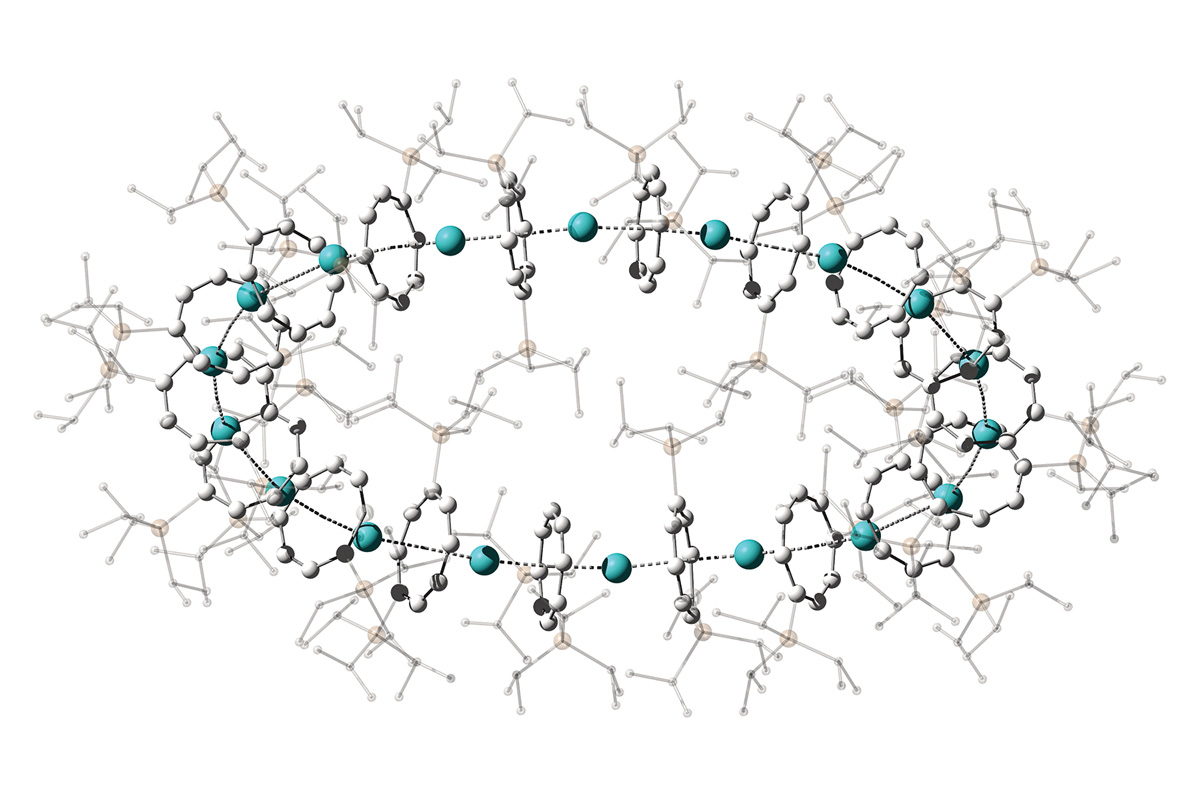

Chemists made a new type of supersize sandwich complex by coaxing 18 metallocene units to curve into a nanometer-scale ring called a cyclocene (Nature 2023, DOI: 10.1038/s41586-023-06192-4). They made these cyclocenes from metals—strontium, samarium, or europium—sandwiched between layers of cyclooctatetraenes that carry two bulky triisopropylsilyl groups. The bulky substituents force the metallocenes to bend as they stack, forming a ring.
Carbene breaks octet rule
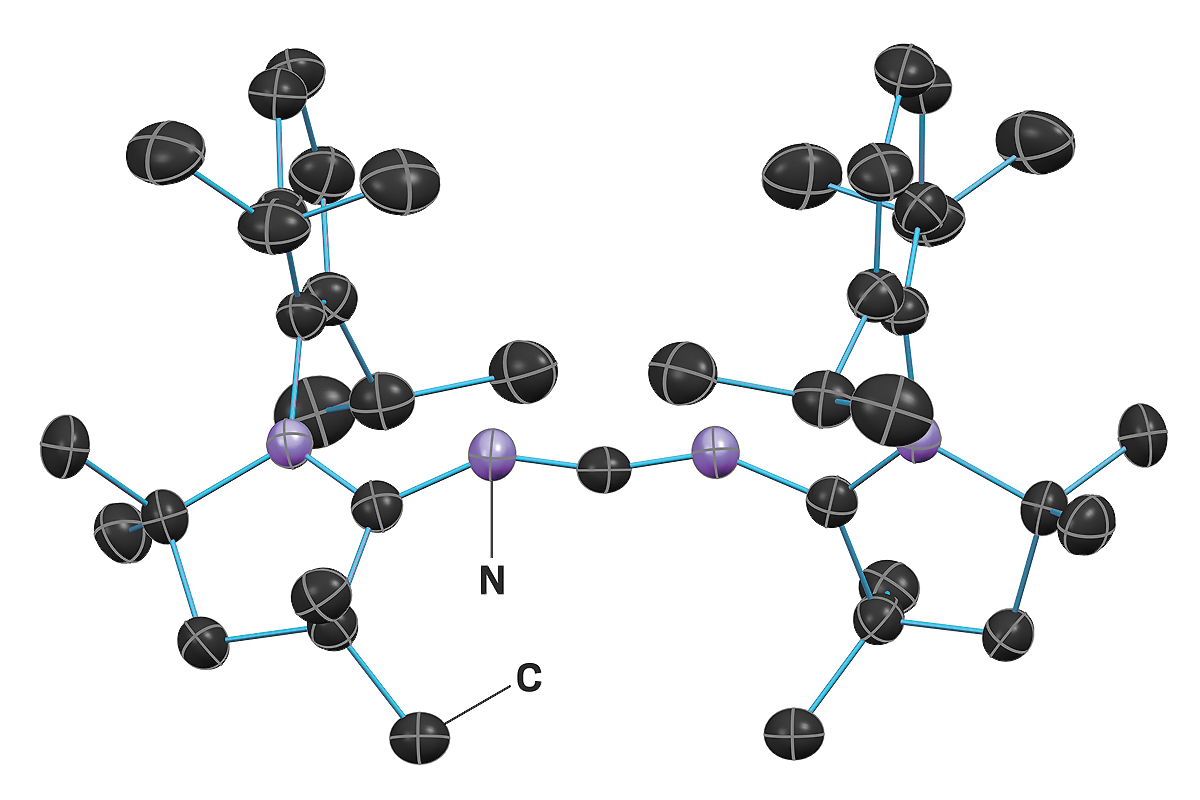
Some rules are made to be broken. Carbon usually has eight valence electrons, in accordance with the so-called octet rule. A new compound—a doubly oxidized carbene dication—features a carbon atom with only four valence electrons (Nature 2023, DOI: 10.1038/s41586-023-06539-x). Researchers created a carbene with bulky substituents, oxidized the carbene, and removed an oxide anion, leaving a carbene carbon with no nonbonding electrons.
Chain-link covalent organic frameworks

Researchers used catenanes—molecules that interlock like the links of a fence—to make a new type of covalent organic framework (COF) (Nat. Synth. 2023, DOI: 10.1038/s44160-022-00224-z). Each subunit in the COF is made by condensing precursors around copper(I) ions to form a network of three-ring polyhedrons. Removing the copper template ions enables the polyhedrons to move around without separating, making the resulting material soft and flexible. The COFs could be used for filtration membranes and soft robotics.
Chiral oxonium ion

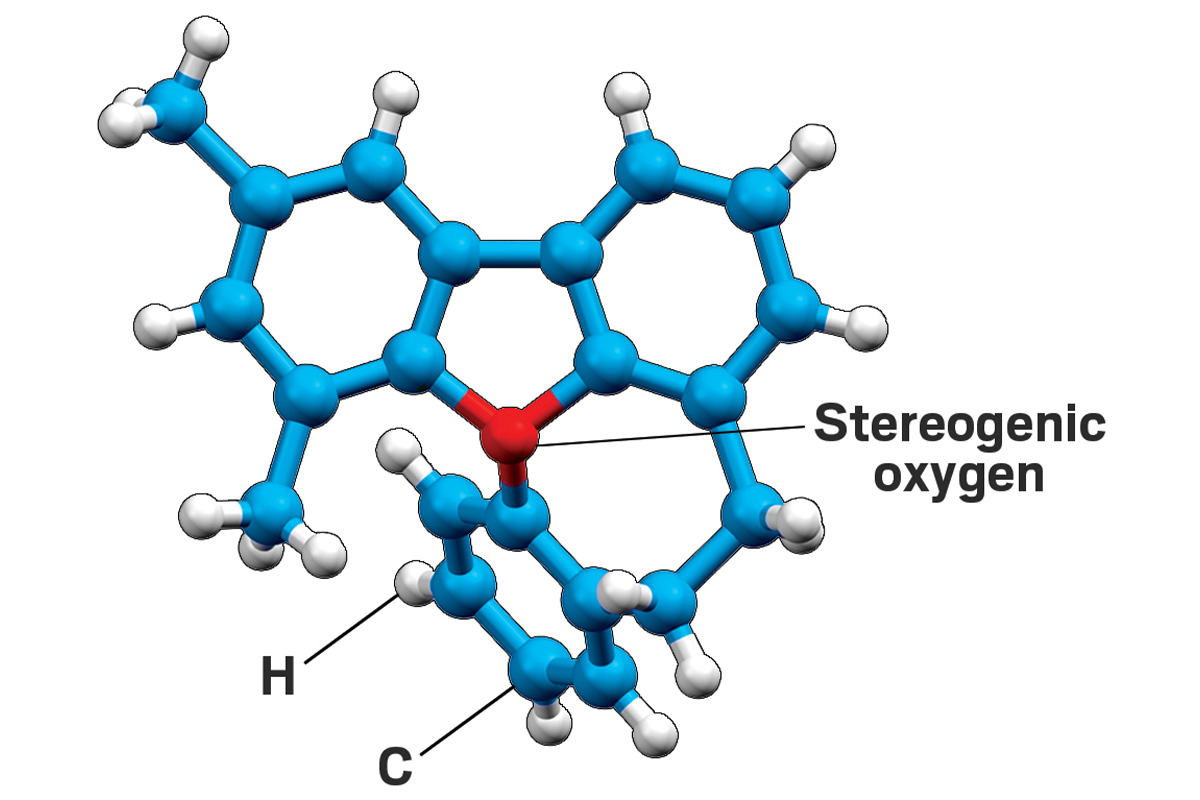
Think chirality, and carbon usually comes to mind. But other atoms can form chiral centers too. Chemists synthesized an oxonium ion—a compound with a positively charged oxygen bonded to three substituents—in which the oxygen atom is the only chiral center (Nature 2023, DOI: 10.1038/s41586-023-05719-z). The researchers locked the oxygen lone pair in place by bonding the oxygen atom to a fused triaryl ring system.
Solid-state diberyllium compound
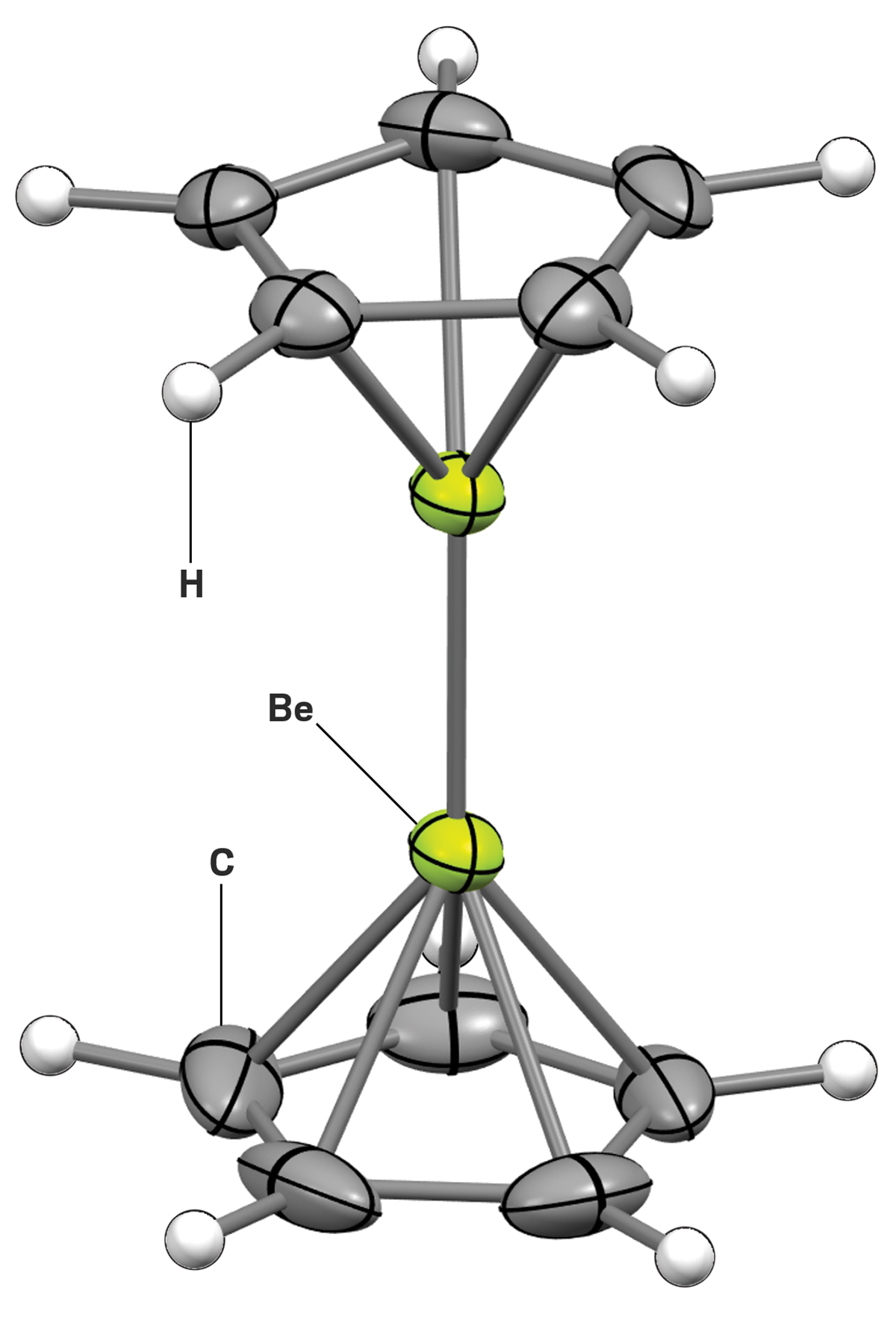
Chemists created diberyllocene, the first solid-state compound to contain a beryllium-beryllium bond (Science 2023, DOI: 10.1126/science.adh4419). Each beryllium atom is bound to a cyclopentadienyl group. Beryllium, which usually exists in the +2 oxidation state, adopts the unusual +1 oxidation state in diberyllocene. The compound could be used to develop new catalysts.
Molecular motor powered by electricity

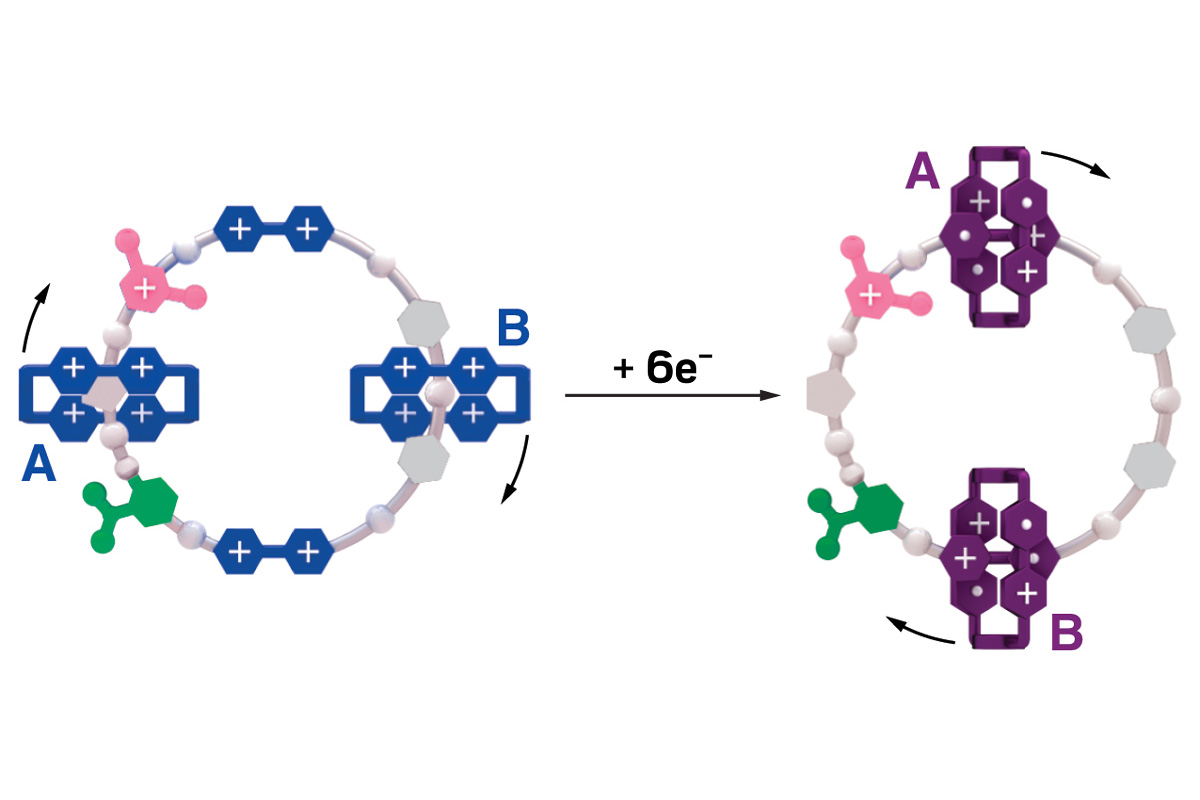
Researchers invented a molecular motor powered by electricity, not chemical fuels or light, which drive most other molecular motors (Nature 2023, DOI: 10.1038/s41586-022-04910-y). The new electric motor consists of two cyclobis (paraquat-p-phenylene) rings that travel around a larger loop in response to an oscillatory voltage that drives a series of oxidation and reduction reactions. Using electricity as a power source could make it easier to integrate molecular motors with other technologies.
POLL: OUR READERS HAVE VOTED strontium cyclocene AS THEIR FAVORITE MOLECULE OF 2023.
| Molecule | Votes | Percentage |
| Strontium cyclocene | 430 | 40% |
| Chiral oxonium ion | 230 | 21% |
| Electric molecular motor | 127 | 12% |
| Diberyllocene | 119 | 11% |
| Carbene dication | 112 | 10% |
| Catenated covalent organic framework | 61 | 6% |
Molecule: Strontium cyclocene
Votes: 430
Percentage: 40%
Molecule: Chiral oxonium ion
Votes: 230
Percentage: 21%
Molecule: Electric molecular motor
Votes: 127
Percentage: 12%
Molecule: Diberyllocene
Votes: 119
Percentage: 11%
Molecule:Carbene dication
Votes: 112
Percentage: 10%
Molecule: Catenated covalent organic framework
Votes: 61
Percentage: 6%
Celia Henry Arnaud is a freelance writer based in College Park, Maryland.


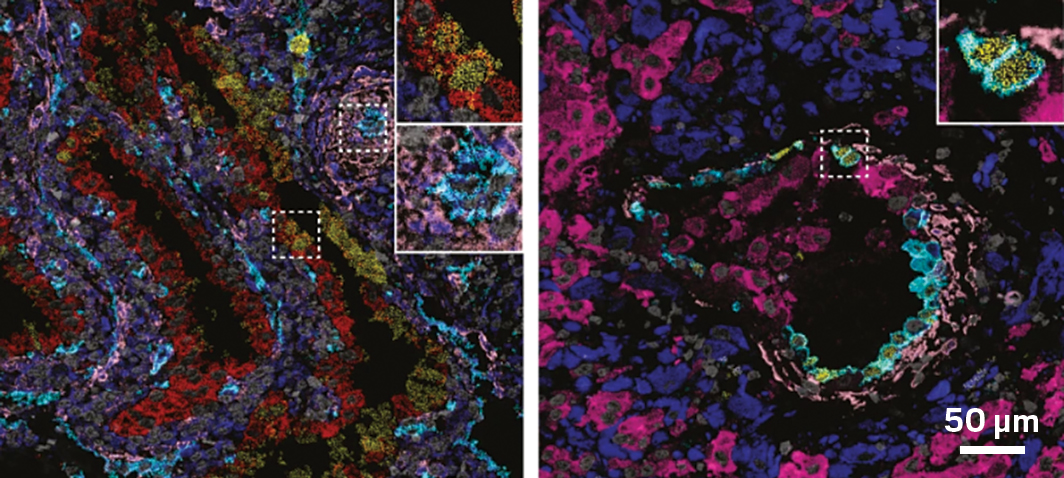



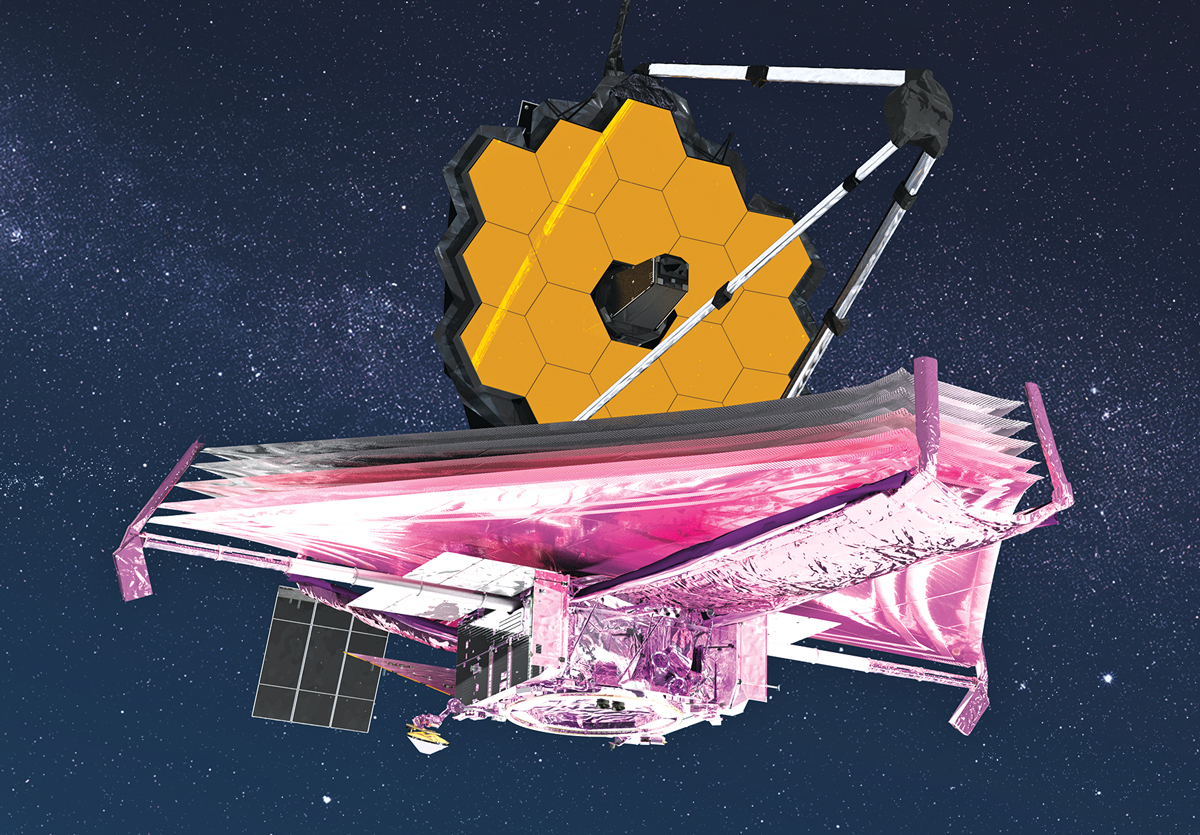


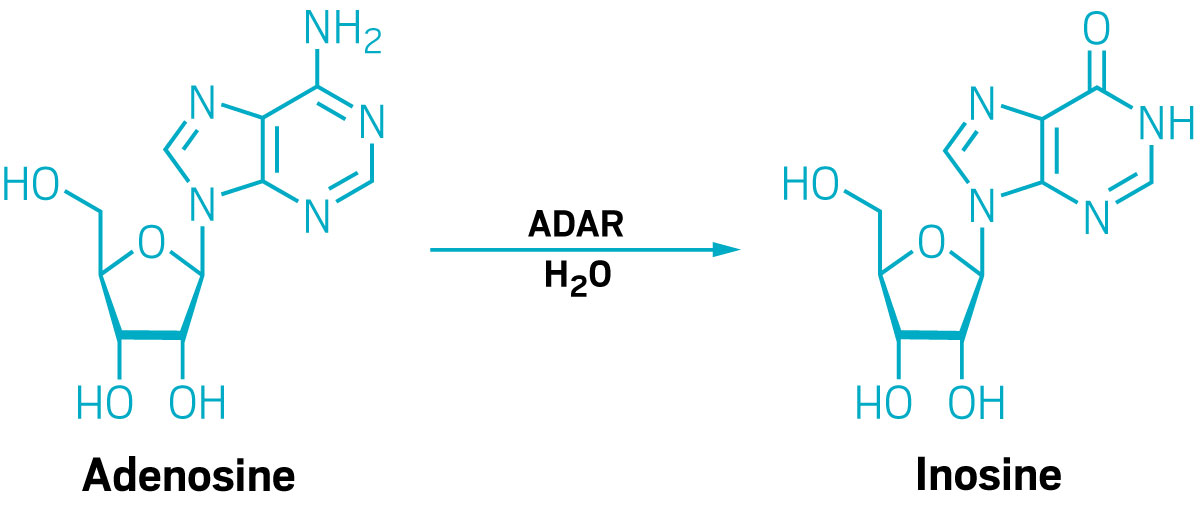


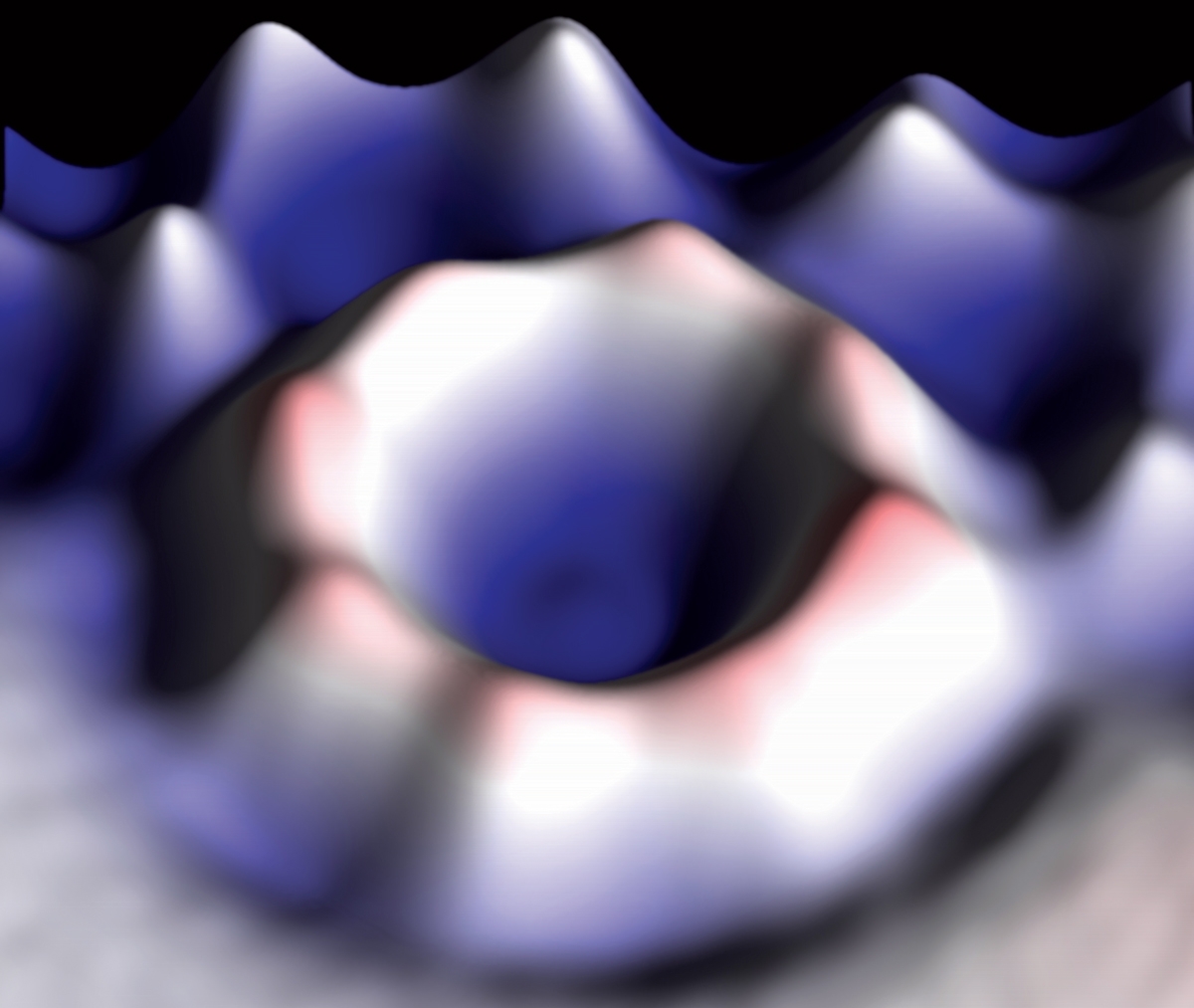
![The chemical structure of cyclo[16]carbon. The chemical structure of cyclo[16]carbon.](/content/dam/cen/101/41/WEB/10141-cover4-cyclo.jpg)
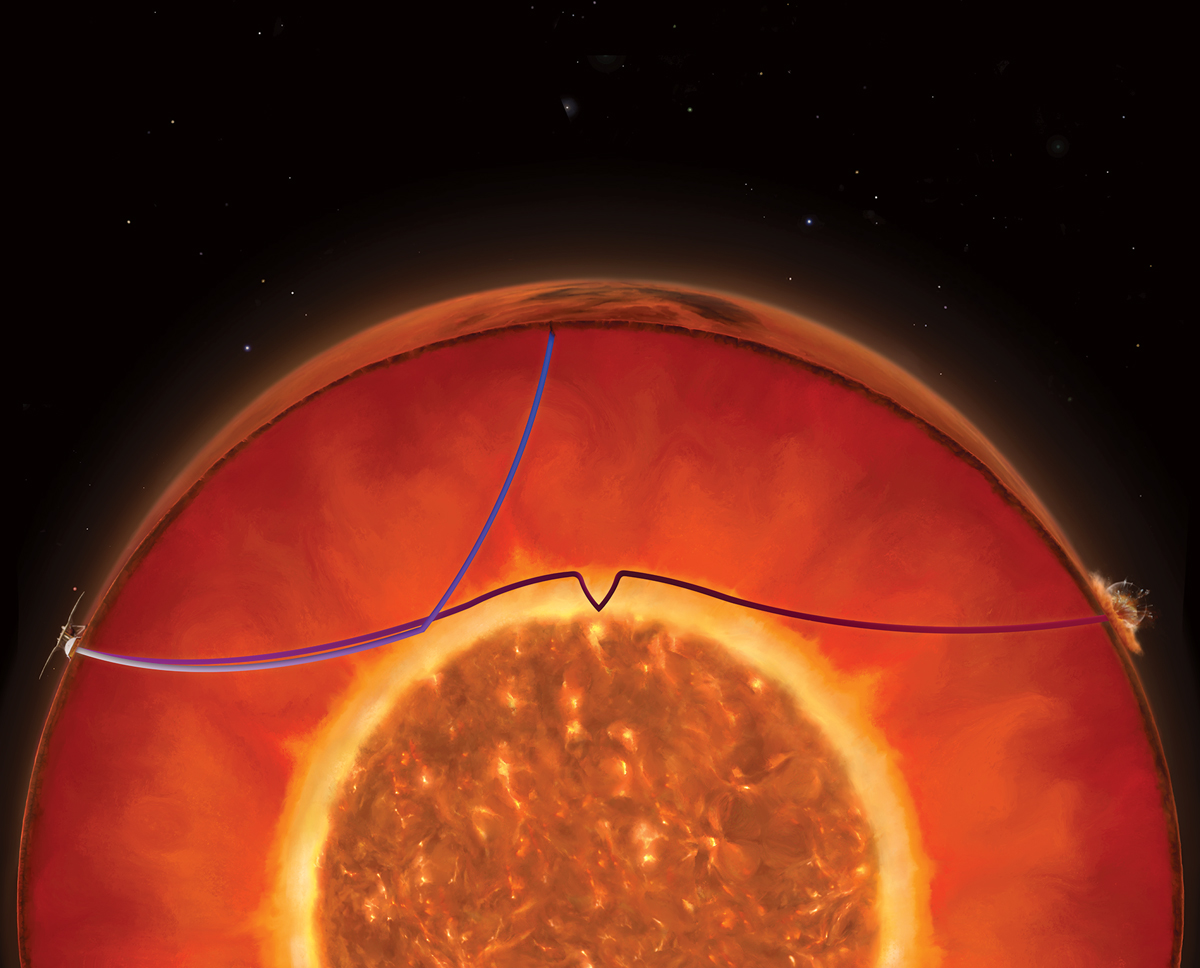


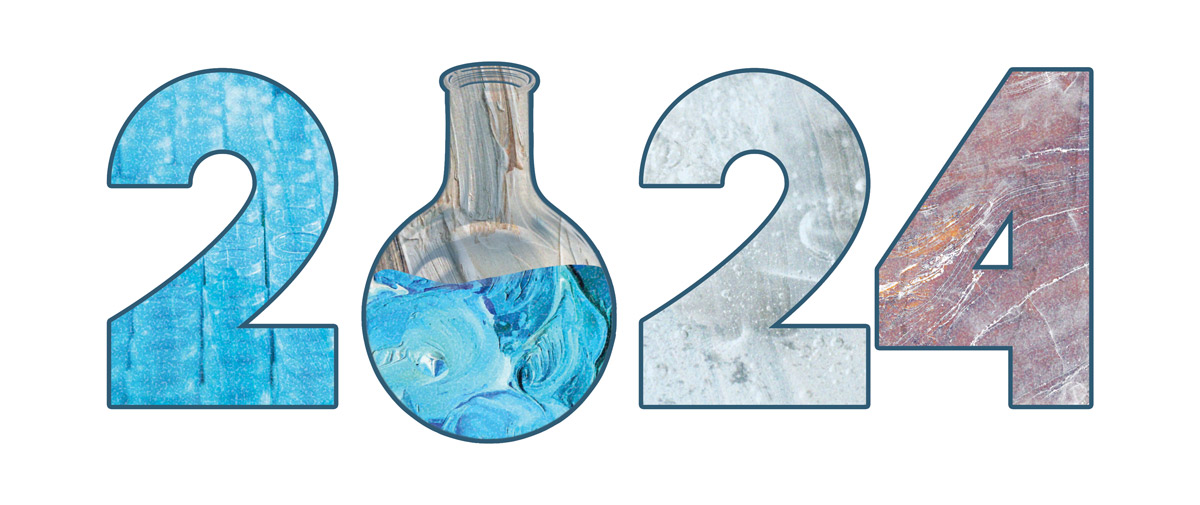







Join the conversation
Contact the reporter
Submit a Letter to the Editor for publication
Engage with us on Twitter